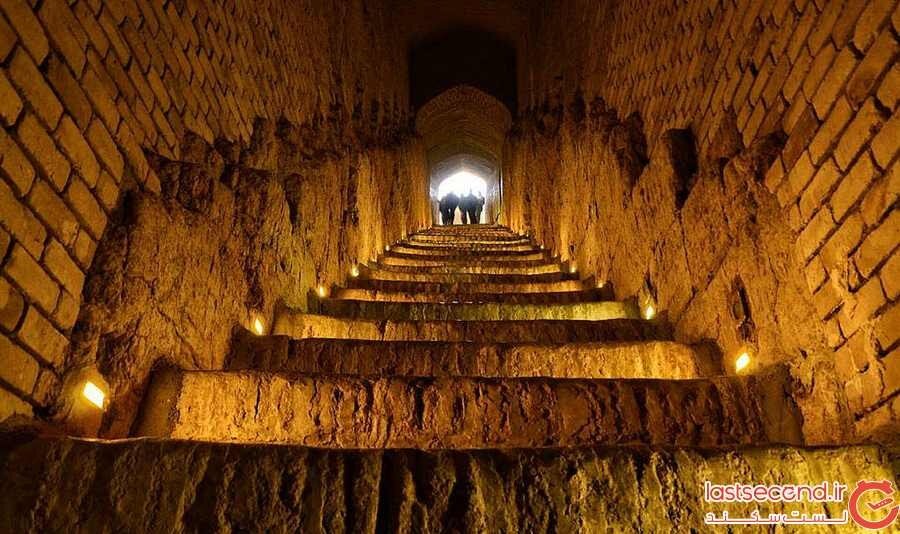3000-year-old qanat to emerge as Iran's newest tourist appeal

TEHRAN - Efforts are underway to revive the ancient marvel of Qanat-e Zarch, a 3000-year-old subterranean aqueduct stretched in central Iran, as part of a move to enhance tourism prospects in the region.
This ambitious initiative is poised to not only revive a historical treasure but also fortify the local economy, according to Zarch’s governor Morteza Zibaian.
Highlighting the far-reaching benefits of resurrecting the 3000-year-old Qanat-e Zarch, the governor underscored its potential to significantly bolster the local economy while concurrently amplifying tourism opportunities.
In a decisive step towards this goal, Zibaian announced the formation of the Qanat Council working group, comprising a consortium of experts and stakeholders devolved to preserving this ancient water system's significance.
Revered as one of the most remarkable man-made aqueducts globally, the Qanat of Zarch spans an impressive 80 kilometers across the semi-arid landscapes of Yazd province in central Iran.
Originating from the village of Fahraj in the northeastern region of Yazd, the Qanat plunges to depths of 30-40 meters below the surface, winding its way until it reaches Zarch. Here, the precious water source plays a pivotal role in irrigating the lower terrains, nurturing the fertile lands, and sustaining local agriculture.
Recent surveys conducted on Iran's ancient subsurface water supply systems, known as qanats, have revealed that approximately 37,000 of the 120,000 qanats are still operational. These resilient water channels continue to serve communities in arid and semi-arid regions across the country, epitomizing their enduring significance in providing a vital lifeline amidst challenging environmental conditions.
The revival of Qanat-e Zarch, with its rich historical legacy and architectural splendor, not only stands as a testament to ancient Iranian engineering prowess but also beckons as an enticing attraction for tourists seeking a glimpse into the country's illustrious past. As a living testament to Iran's heritage and ingenuity, this restoration project holds promise not only in preserving cultural heritage but also in fostering sustainable tourism-driven economic growth.
In 2016, a selection of eleven qanats was collectively inscribed on the UNESCO World Heritage list under the title of The Persian Qanat. Each of them epitomizes many others in terms of geographic scopes, architectural designs, and other motives. Such subterranean tunnels provide exceptional testimony to cultural traditions and civilizations in desert areas with an arid climate.
Generally, each qanat comprises an almost horizontal tunnel for collecting water from an underground water source, usually an alluvial fan, into which a mother well is sunk to the appropriate level of the aquifer.
UNESCO has it that “The qanats provide exceptional testimony to cultural traditions and civilizations in desert areas with an arid climate.”
AFM
